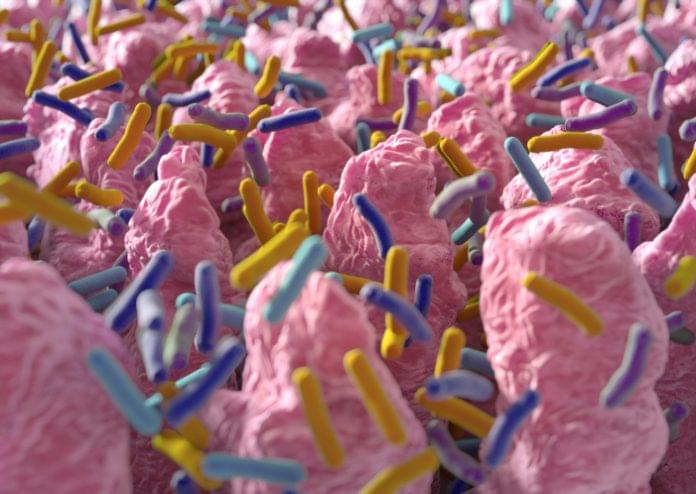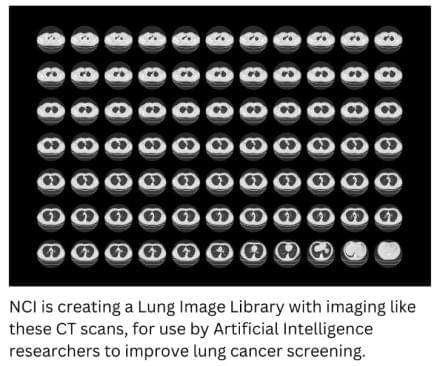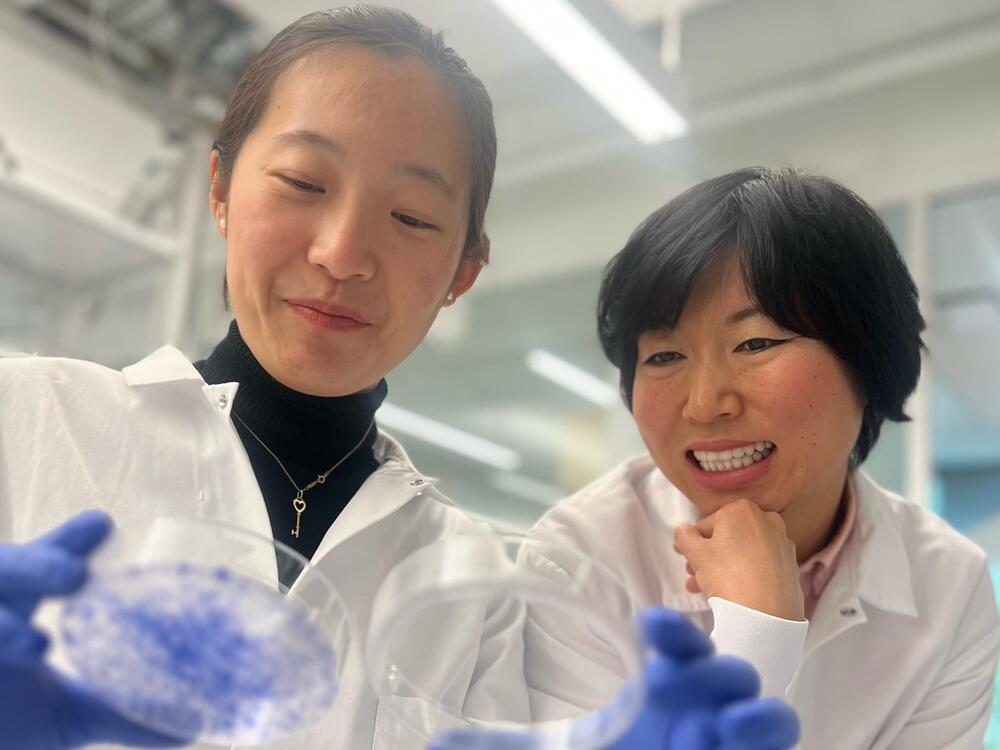A new study shows that cannabis can make exercise more enjoyable, but also more effortful, depending on the type and the person.



Emerging evidence implicates the gut microbiome in cognitive outcomes and neurodevelopmental disorders, but the influence of gut microbial metabolism on typical neurodevelopment has not been explored in detail. Researchers from Wellesley College, in collaboration with other institutions, have demonstrated that differences in the gut microbiome are associated with overall cognitive function and brain structure in healthy children.
This study—published Dec. 22 in Science Advances—is a part of the Environmental Influences on Child Health Outcome (ECHO) Program. This study investigates this relationship in 381 healthy children, all part of The RESONANCE cohort in Providence, Rhode Island, offering novel insights into early childhood development.
The research reveals a connection between the gut microbiome and cognitive function in children. Specific gut microbial species, such as Alistipes obesi and Blautia wexlerae, are associated with higher cognitive functions. Conversely, species like Ruminococcus gnavus are more prevalent in children with lower cognitive scores. The study emphasizes the role of microbial genes, particularly those involved in the metabolism of neuroactive compounds like short-chain fatty acids, in influencing cognitive abilities.


I post this especially because we use our minds and healthy body, healthy mind.
For people looking to start 2024 with a new routine to feel fitter and happier, a new study from the University of Bath suggests that combining mindfulness with exercise could be your key to success.
A study, published in the academic journal Mental Health and Physical Activity, suggests that life changes which combine both physical activity and mindfulness are most effective at lifting mood and improving health and wellbeing.
Both physical activity and mindfulness practice have well established psychological benefits. However, by reviewing existing research studies, this is one of the first to show how the positive effects can be increased when the two are combined.
Radon, a naturally occurring radioactive gas produced when metals like uranium or radium break down in rocks and soil, is a known cause of lung cancer. Now new research has found exposure to high levels of this indoor air pollutant is associated with an increased risk of another condition in middle age to older female participants with ischemic stroke. The study is published in the January 3, 2024, online issue of Neurology, the medical journal of the American Academy of Neurology. Ischemic stroke is caused by a blockage of blood flow to the brain and is the most common type of stroke.
The condition, called clonal hematopoiesis of indeterminate potential (CHIP), develops when some hematopoietic stem cells, the building blocks for all blood cells, undergo genetic mutations as a person ages. Cells with such mutations replicate more quickly than cells without them. Previous research has shown people with CHIP may have a higher risk of blood cancers like leukemia and cardiovascular disease including stroke.
The study involved 10,799 female participants with an average age of 67. Approximately half of participants had a stroke or blood clots.


A recent study reveals that the monkeypox, or mpox, virus is evolving into multiple strains due to mutations caused by ongoing interactions with the human immune system, suggesting that the virus has been circulating in humans since 2016.
“These observations of sustained MPXV transmission present a fundamental shift to the perceived paradigm of MPXV epidemiology as a zoonosis and highlight the need for revising public health messaging around MPXV as well as outbreak management and control,” write the authors.

Ultra-intense ultrashort lasers have a wide-ranging scope of applications, encompassing basic physics, national security, industrial service, and health care. In basic physics, such lasers have become a powerful tool for researching strong-field laser physics, especially for laser-driven radiation sources, laser particle acceleration, vacuum quantum electrodynamics, and more.
A dramatic increase in peak laser power, from the 1996 1-petawatt “Nova” to the 2017 10-petawatt “Shanghai Super-intense Ultrafast Laser Facility” (SULF) and the 2019 10-petawatt “Extreme Light Infrastructure—Nuclear Physics” (ELI-NP), is due to a shift in gain medium for large-aperture lasers (from neodymium-doped glass to titanium:sapphire crystal). That shift reduced the pulse duration of high-energy lasers from around 500 femtoseconds (fs) to around 25 fs.
However, the upper limit for titanium: sapphire ultra-intense ultrashort lasers appears to be 10-petawatt. Presently, for 10-petawatt to 100-petawatt development planning, researchers generally abandon the titanium: sapphire chirped pulse amplification technology, and turn to optical parametric chirped pulse amplification technology, based on deuterated potassium dihydrogen phosphate nonlinear crystals. That technology, due to its low pump-to-signal conversion efficiency and poor spatiotemporal-spectral-energy stability, will pose a great challenge for the realization and application of the future 10–100 petawatt lasers.

How can artificial intelligence help to improve the accuracy of lung cancer screening among people at high risk of developing the disease? Read to find out.
Lung cancers, the vast majority of which are caused by cigarette smoking, are the leading cause of cancer-related deaths in the United States. Lung cancer kills more people than cancers of the breast, prostate, and colon combined. By the time lung cancer is diagnosed, the disease has often already spread outside the lung. Therefore, researchers have sought to develop methods to screen for lung cancer in high-risk populations before symptoms appear. They are evaluating whether the integration of artificial intelligence – the use of computer programs or algorithms that use data to make decisions or predictions – could improve the accuracy and speed of diagnosis, aid clinical decision-making, and lead to better health outcomes.

Breast cancer is the most frequently diagnosed cancer and accounts for 12.5% of all new cancer cases globally. And while the overall incidence has been decreasing and five-year survival rates in the U.S. exceed 90%, the burden of this disease cannot be underestimated.
On December 20, a new study titled “ENPP1 is an innate immune checkpoint of the anticancer cGAMP–STING pathway in breast cancer” was published in the Proceedings of the National Academy of Sciences by a team of Stanford researchers led by Lingyin Li, one of the top experts in the STING pathway in cancer.
Ectonucleotide Pyrophosphatase/Phosphodiesterase 1 (ENPP1) is a multifaceted enzyme that plays a significant role in various biological processes. At its core, ENPP1 is known for its ability to break down ATP, a primary energy molecule in the body, into AMP and inorganic pyrophosphate. This activity is crucial in regulating bone mineralization and preventing abnormal calcium deposits in the body. In addition to its role in bone health, ENPP1 is also involved in regulating insulin signaling, which links it to metabolic disorders like diabetes.